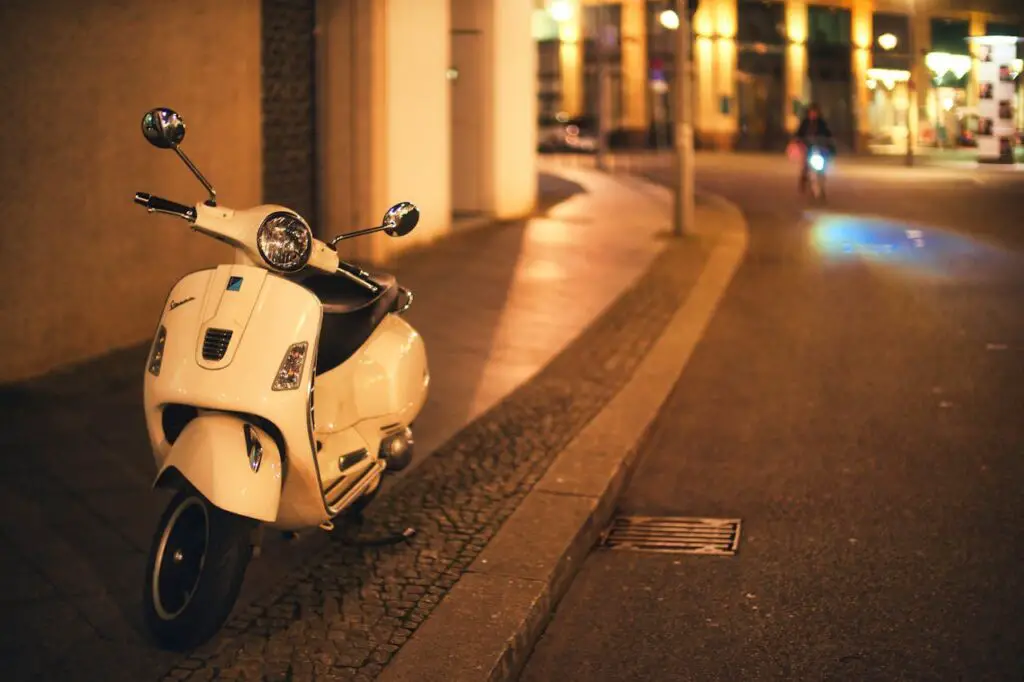Electric scooters have become a popular and eco-friendly mode of transportation, offering convenience and efficiency for short commutes. To keep your scooter running smoothly, it’s crucial to know how to charge its battery correctly. In this guide, we’ll walk you through the steps to safely and effectively charge your electric scooter battery at home.
What You’ll Need
Before you begin, gather the following items:
- Charger: Use the manufacturer-recommended charger for your scooter.
- Power Outlet: Ensure the outlet is compatible with your charger.
- Clean, Dry Space: A well-ventilated and dry area to charge your scooter.
Step-by-Step Guide to Charging Your Electric Scooter Battery
1. Check the Battery Level
- Before charging, check the battery’s current charge level using the scooter’s display or indicator lights. This helps you estimate the charging time required.
2. Inspect the Charger and Battery
- Examine the Charger: Ensure the charger and its cables are free from damage.
- Inspect the Battery: Look for visible signs of wear or damage, such as cracks or swelling. Do not charge a damaged battery.
3. Connect the Charger to the Scooter
- Plug the charger into the scooter’s charging port. Ensure a snug fit to avoid loose connections.
- Most scooters have a specific port for charging, often covered with a protective cap. Remove the cap before connecting.
4. Plug the Charger into a Power Outlet
- After connecting the charger to the scooter, plug it into a compatible wall outlet. Ensure the outlet is functional and not overloaded with other devices.
5. Monitor the Charging Process
- Indicator Lights: Most chargers have indicator lights to show the charging status. A red or blinking light usually means the battery is charging, while a green light indicates a full charge.
- Avoid Overcharging: Overcharging can reduce the battery’s lifespan. Disconnect the charger once the battery is fully charged.
6. Disconnect Safely
- Unplug the charger from the power outlet first.
- Then, disconnect the charger from the scooter’s charging port.
- Replace the protective cap on the charging port to keep it clean and secure.

Tips for Prolonging Battery Life
- Charge Regularly: Avoid letting the battery drain completely before recharging. Charge it when the battery level drops to 20-30%.
- Use the Original Charger: Stick to the manufacturer-recommended charger to ensure compatibility and safety.
- Avoid Extreme Temperatures: Charge your scooter in a cool, dry environment. Extreme heat or cold can damage the battery.
- Don’t Overcharge: Unplug the charger as soon as the battery is fully charged to prevent overheating.
- Store Properly: If you’re not using your scooter for an extended period, store the battery with a charge level of 40-60% and recharge it every few weeks.
Common Charging Mistakes to Avoid
- Using a Damaged Charger: Always inspect the charger and cables before use.
- Overloading the Outlet: Avoid plugging multiple high-power devices into the same outlet.
- Charging in Wet or Humid Conditions: This can lead to electrical hazards and damage the battery.
- Ignoring Battery Maintenance: Regularly clean the charging port and inspect the battery for signs of wear.
Final Thoughts
Charging your electric scooter battery at home is simple and convenient when done correctly. By following these steps and tips, you can ensure your battery stays in top condition, extending its lifespan and maintaining your scooter’s performance. If you have questions about your electric scooter or its battery, refer to the manufacturer’s manual or consult a professional. With proper care, your scooter will remain a reliable companion for years to come.
Discover more from Chikwem
Subscribe to get the latest posts sent to your email.